
In this lesson students learn how to use dialogue, sensory words, and action verbs to improve their narratives.
- Subject:
- English Language Arts
- Material Type:
- Activity/Lab
- Provider:
- EngageNY
- Author:
- Expeditionary Learning
- Date Added:
- 04/04/2014

In this lesson students learn how to use dialogue, sensory words, and action verbs to improve their narratives.
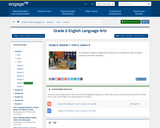
In this lesson students analyze the conclusion of a narrative in order to draft a conclusion for their narratives.
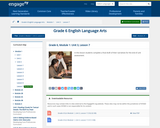
In this lesson students complete a final draft of their narratives for the end of unit assessment.
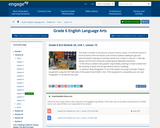
Lesson 10 is the first lesson in the final series of the two-lesson cycle and has students reading for gist and determining the meaning of unknown words from context
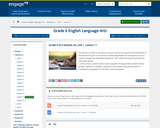
In this lesson, students dig deeper into Paragraphs 20–22 in order to answer text-dependent questions. This is their final day to work with the Steve Jobs speech.
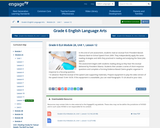
In this end of unit assessment, students read an excerpt from President Barack Obama’s Back-to-School Speech from 2009. They independently apply the same reading strategies and skills they practiced in reading and analyzing the Steve Jobs speech.
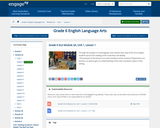
In this lesson, through the analysis of a photograph and a whole class read of the first chapter, students launch the reading of the novel Bud, Not Buddy. The purpose of the lesson is to orient students to the context of Depression-era America, as well as gain an understanding of the main character’s place in that setting.
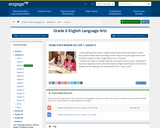
In this lesson, students look closely at the new routine in which they examine “Bud’s Rules and Things.” Bud’s rules show up throughout the novel and offer students another insight into him as a character. Bud’s rules will provide a bridge connecting the novel to texts students will be reading in the second half of Unit 1 and in Unit 2.
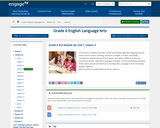
In this lesson, students read like a writer and analyze figurative language and the author’s word choice, meaning, and tone in Chapter 3 of Bud, Not Buddy.
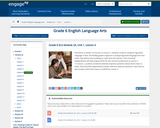
In this lesson, students continue using the Figurative Language in Bud, Not Buddy graphic organizer to analyze figurative language from the novel, now without any modeling or input from the teacher. This increased independence will help prepare them for the mid-unit assessment in Lesson 5.
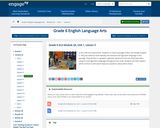
In this mid-unit assessment, students re-read a passage of Bud, Not Buddy Chapter 5. They are asked to identify and interpret the figurative language in this passage using a graphic organizer identical to the one they have been using to track figurative language throughout the novel. Students are then asked a series of short constructed response questions about word choice.
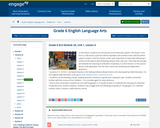
In this lesson, students are introduced to the Steve Jobs speech. In this first lesson of a two-lesson cycle, they listen to Steve Jobs delivering a section of the speech while following along in their own text. Then they find the gist and identify the meaning of unfamiliar vocabulary in a short extract.
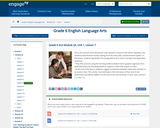
This is the second of the two-lesson cycle started in Lesson 6 that will be repeated until students have finished closely reading all of the Steve Jobs commencement speech. In this lesson, students dig deeper into paragraphs 6–8 in order to answer text-dependent questions.
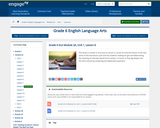
Lesson 8 is the first lesson in the next series of the two-lesson cycle and has students reading for gist and determining the meaning of unknown words from context.
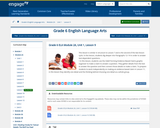
In this lesson, students gather details from the text to answer the question and then connect those details to make a claim. To prepare students to work independently on making an evidence-based claim in Lesson 11, in this lesson they identify one detail and the thinking behind choosing one detail as a whole group.
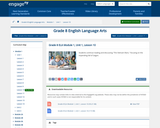
In this lesson, students continue reading and discussing "The Vietnam Wars," focusing on the impending fall of Saigon.
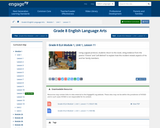
In this lesson, using a Jigsaw protocol, students return to the novel, citing evidence from the poems “Choice” and “Left Behind” to explain how this incident reveals aspects of Ha and her family members.

In this lesson, students closely read the poem "Wet and Crying" from the novel to examine how word choice contributes to tone and meaning.
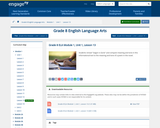
In this lesson, students reread "Saigon is Gone" and compare meaning and tone in this informational text to the meaning and tone of a poem in the novel.
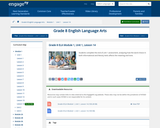
In this lesson, students complete the end of unit 1 assessment, analyzing how the word choice in both informational and literary texts affects the meaning and tone.